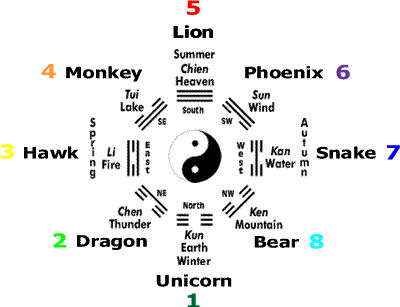"Perhaps the want of literature addressing
heartfulness in the realm of T'ai Chi stems from the very personal nature of the
topic. Our paths are unique, and along these paths each of us may or may
not choose to confront our own standards of integrity and morality while
exploring our potential for becoming fully realized spiritual/human beings.
For myself, the issues of morality, integrity, empathy, responsibility, respect
and appreciation for life, purposefulness, and joy are inextricably woven into
the pursuit of martial arts mastery, and particularly so in the case of internal
arts such as T'ai Chi. This is not to say that I consider there to be only
one constant standard for any of these qualities, and certainly I do not see
myself as the designated arbiter of any such standards. I do believe,
however, that T'ai Chi practitioners have a unique opportunity, and an
incentive, to explore and expand their growth. They can develop
heartfulness according to their own individual scope by virtue of T'ai Chi's
emphasis on integrative mind/body experience through the discipline of practice.
To me, this only seems congruent with T'ai Chi's alleged potential as a tool for
mastery of self."
- John Loupos, Inside Tai Chi, 2002, p. 74
"Philosophical ideals in the martial arts:
1. To strive for perfection of character
2. To defend the paths of truth
3. To foster the spirit of effort
4. To honor the principles of etiquette
5. To guard against impetuous courage."
- Herman Kauz, The Martial Spirit: An Introduction to the Origin, Philosophy and Psychology of the Martial Arts.























